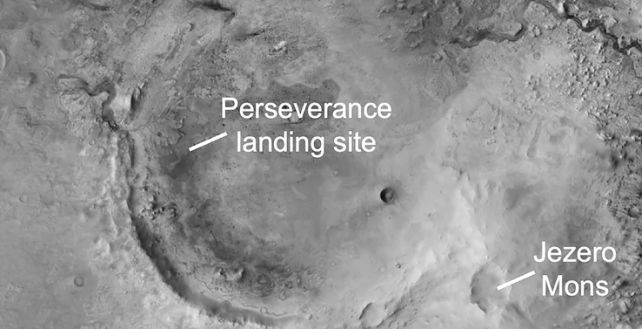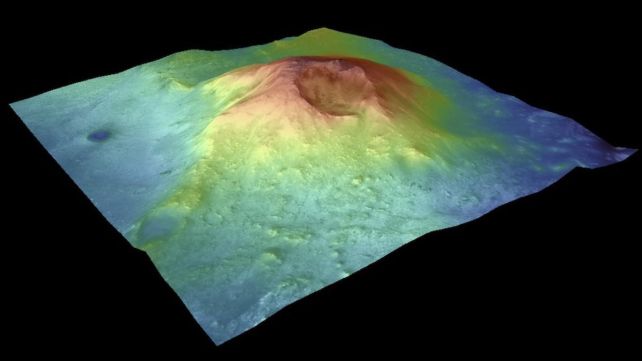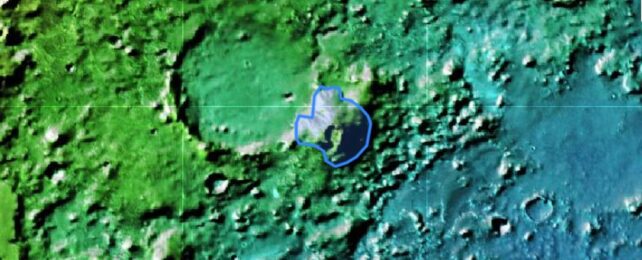Sometimes, it's really hard to see the volcanoes for the rocks, especially if you're just a one-ton rover all alone in a remote crater on Mars.
Nevertheless, a bump on the rim of Jezero Crater is indeed a volcano, scientists have ruled – and the finding, thanks to NASA's Perseverance rover, has really exciting implications.
"Volcanism on Mars is intriguing for a number of reasons – from the implications it has on habitability, to better constraining the geologic history," says planetary scientist James Wray from the Georgia Institute of Technology.
"Jezero Crater is one of the best studied sites on Mars. If we are just now identifying a volcano here, imagine how many more could be on Mars. Volcanoes may be even more widespread across Mars than we thought."

Wray noticed the mountain, called Jezero Mons, back in 2007, but there wasn't enough evidence to support the interpretation that it was a volcano. Then Perseverance started finding volcanic rocks on the crater floor. Suspicions grew that Jezero Mons may have burst upward from Mars' molten interior.
To confirm speculations, a team led by planetary scientist Sara Cuevas-Quiñones of Georgia Tech decided to conduct a thorough investigation, looking for known characteristics of volcanoes here on Earth.
"We used data from the Mars Odyssey Orbiter, Mars Reconnaissance Orbiter, ExoMars Trace Gas Orbiter, and Perseverance Rover, all in combination to puzzle this out," Wray explains.

Their verdict? Jezero Mons is volcanic. It even has a volcanic crater. It's not active now, and likely hasn't been for a very long time, but this identification will make Perseverance's findings easier to interpret.
There's another interesting takeaway: Jezero Crater was once a lake. If it was sitting right next to a steaming pile of active volcano, the conditions may have been warm enough in the lake for life.
"The coalescence of these two types of systems makes Jezero more interesting than ever," Wray says. "We have samples of incredible sedimentary rocks that could be from a habitable region alongside igneous rocks with important scientific value."
The findings are published in Communications Earth & Environment.
